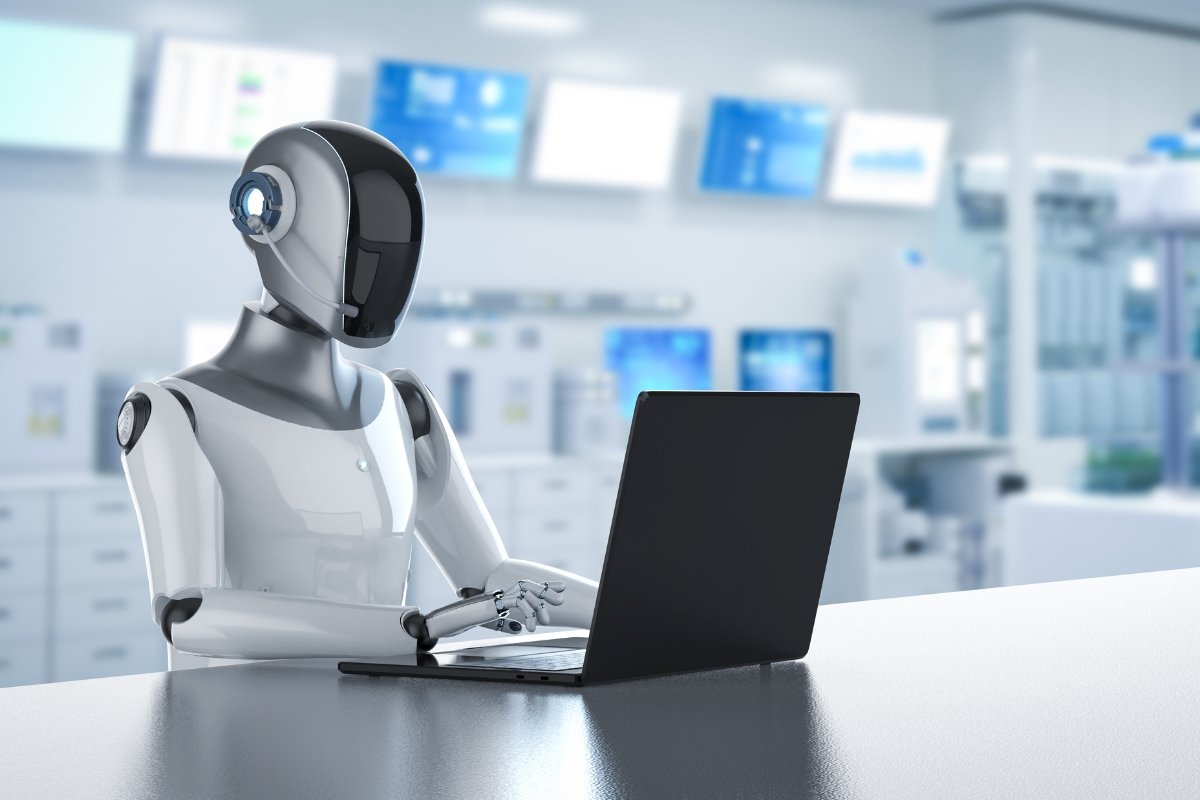Exploring AI and Humanoid Robots the world of robotics is evolving rapidly. From humanoid robots to artificial intelligence (AI), innovations are being made every day. In this blog post, we will take a discuss into the exciting and futuristic developments in robotics and explore how AI is transforming the industry.
Table of Contents
What Are Humanoid Robots?
Humanoid robots are machines designed to resemble humans in appearance, function, or both. These robots are created to mimic human movements, behaviors, and even facial expressions. For example, companies like Boston Dynamics and Tesla have been working on advanced humanoid robots that can walk, talk, and even perform tasks in human environments. These robots are powered by artificial intelligence, enabling them to learn and adapt to new situations.
Why Is AI Important in Robotics?
AI is at the heart of most modern robots. It allows them to process information, make decisions, and improve over time. AI is what makes robots “smart.” For instance, robots powered by AI can autonomously navigate through a room, recognize objects, and even respond to voice commands. As AI technology advances, these robots will become even more capable and versatile, opening up new possibilities for industries such as healthcare, manufacturing, and customer service.
The Rise of Autonomous Robots in Everyday Life
You might be surprised to learn that autonomous robots are already in use in everyday life. Take, for example, delivery robots. These robots are capable of navigating through streets, avoiding obstacles, and delivering packages to your doorsteps with little to no human intervention. Similarly, robots are increasingly used in warehouses, where they help move goods and streamline the logistics process.
But that’s just the tip of the iceberg. As AI improves, we can expect to see even more autonomous robots in various industries, including transportation, hospitality, and even healthcare.
Read More Exploring the Future of Robotics at Expo 2025 Osaka | Humanoids, AI, and Innovation
What Are the Advantages of Autonomous Robots?
- Increased Efficiency: Robots can work 24/7 without the need for breaks, making them more efficient than human workers.
- Cost Savings: While the initial cost of implementing robots may be high, they can reduce long-term costs by automating routine tasks.
- Safety: Robots can perform dangerous tasks, reducing the risk of injury for humans.
Humanoid Robots
You might be wondering how close we are to seeing humanoid robots in our homes or workplaces. The answer is, we’re getting there, but we’re not quite there yet. While robots like Tesla’s Optimus and Boston Dynamics’ Atlas are capable of impressive movements, they still have a long way to go in terms of human-like interactions and capabilities.
However, advancements are happening fast. For instance, in California, robots have been created to help in manufacturing environments, and companies are experimenting with robots in customer service and retail. Soon, robots may even help with caregiving for the elderly or assist in surgeries, thanks to advancements in AI and robotics.
The Impact of AI on Robotics
AI is fundamentally changing the way we interact with technology. It’s not just about robots doing tasks—it’s about how they do them. With AI, robots are becoming more intuitive and capable of performing complex tasks.
For instance, AI-driven robots can learn new tasks by observing humans or analyzing their environment. They can also make decisions in real-time, such as adjusting their movements based on the layout of a room or the type of object they are interacting with.
This level of adaptability is a game-changer. As AI continues to improve, robots will become even more integrated into our daily lives.
FAQs About Exploring AI and Humanoid Robots
Q. What is a humanoid robot?
Ans. A humanoid robot is a robot designed to resemble a human in both appearance and function. These robots are equipped with AI to allow them to perform tasks and interact in human-like ways.
Q. How does AI improve robots?
Ans. AI enables robots to learn, adapt, and make decisions. This makes them more versatile and capable of performing a wide range of tasks without direct human control.
Q. Will robots replace humans?
Ans. While robots may take over some tasks, especially repetitive or dangerous ones, they are unlikely to replace humans entirely. Instead, robots will complement human work, making industries more efficient and safe.
Q. Are robots already being used in everyday life?
Ans. Yes, robots are already being used in various industries, including delivery services, manufacturing, and healthcare. Autonomous vehicles and AI-driven customer service agents are just a few examples.
Q. How soon will humanoid robots be available to the general public?
Ans. While humanoid robots are still in development, companies like Tesla and Boston Dynamics are making significant progress. It’s possible that we may see more humanoid robots in everyday life within the next decade.
Conclusion
The future of robotics is undoubtedly exciting. As AI continues to advance, robots will become more intelligent, more adaptable, and more integrated into our daily lives. Whether it’s for personal use, in healthcare, or for business, robots are going to change the way we live and work.
What are your thoughts on the rise of AI-powered humanoid robots? Will they become an everyday part of life, or do you think there’s still a long way to go? Let me know in the comments!





Pingback: The Future of Humanoid Robots | 6 Remarkable Female Robots That Will Blow Your Mind - Pickn Reviews
Pingback: Discover Gemini AI Robots at Google I/O | A Groundbreaking AI Showcase in 2025 - Pickn Reviews